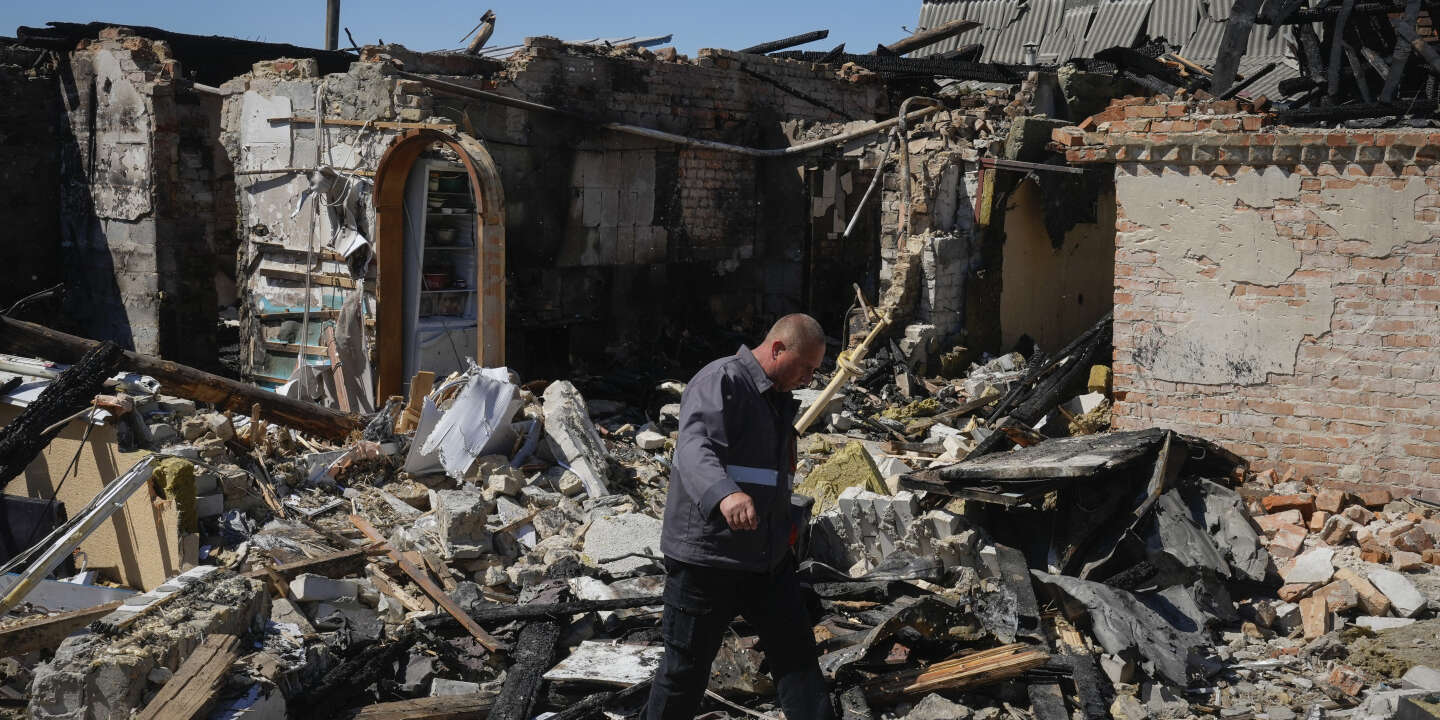NEW DELHI (Reuters) – India on Thursday ordered a halt to its largest export category of rice, a move that will nearly halve shipments of the world’s top grain exporter, raising fears of further inflation in global food markets.
The government said it had imposed a ban on non-basmati white rice after retail prices rose 3% in a month after late but heavy monsoon rains caused severe damage to crops.
India accounts for more than 40% of global rice exports, and low stocks along with other exporters mean any cut in shipments could inflate food prices already pushed up by Russia’s invasion of Ukraine last year and capricious weather.
“In order to ensure sufficient availability of non-basmati white rice in the Indian market and mitigate price hikes in the domestic market, the Government of India has amended the export policy,” the food ministry said in a statement, citing an 11.5% increase in retail prices over the 12-month period.
The category of affected non-basmati white and broken rice accounted for about 10 million tons out of the total 22 million tons of Indian rice exports last year.
The government clarified late Thursday that parboiled rice, which accounts for 7.4 million tonnes of exports in 2022, was not included in the ban.
The move shows the sensitivity of Prime Minister Narendra Modi’s government towards food price inflation around the time of next year’s general elections.
His administration expanded a ban on wheat exports after curbing rice shipments in September 2022. It also halted sugar exports this year as sugarcane yields plummeted.
“India will disrupt the global rice market much more quickly than Ukraine did in the wheat market by invading Russia,” PV Krishna Rao, president of the Rice Exporters Association, told Reuters.
Rice is a staple food for more than 3 billion people, and nearly 90% of the water-intensive crops are grown in Asia, where an El Niño weather pattern typically results in lower rainfall. Global prices are already hovering at an 11-year high.
“The sudden ban on exports will be very painful for buyers who cannot replace shipments from any other country,” Rao said.
Although there are not enough stocks in Thailand and Vietnam to fill the shortfall, African buyers will be the hardest hit by India’s decision, Rao said, adding that many countries will urge New Delhi to resume shipments. Other major buyers of Indian rice are Benin, Senegal, Ivory Coast, Togo, Guinea, Bangladesh and Nepal.
The ban will take effect from July 20, but the vessel under loading will be allowed to be exported.
Weather damage
Heavy rains in northern parts of India over the past few weeks have damaged newly sown crops in states including Punjab and Haryana, and many farmers have been forced to replant.
Rice fields in northern states have been flooded for more than a week, destroying newly planted seedlings, and forcing farmers to wait for the waters to recede so they can replant them.
In other major rice-growing states, farmers set up rice nurseries but were unable to plant seedlings due to insufficient rainfall.
The area under rice cultivation was expected to increase after New Delhi raised the purchase price of rice, but so far farmers have planted rice fields in an area 6% less than in 2022.
This week, prices of rice exported from Vietnam, the world’s third-biggest exporter after India and Thailand, rose to their highest levels in more than a decade on mounting supply concerns due to El Nino.
5% broken rice was offered in Vietnam at $515 to $525 per metric ton – the highest level since 2011. India’s 5% broken variety is hovering near a five-year peak at $421 – $428 per metric ton.
Buyers may move to Thailand and Vietnam, but 5% broken rice could cost $600 a metric ton, a European trader said.
Another European trader said that China and the Philippines, which generally buy Vietnamese and Thai rice, would have to pay much higher prices.
Additional reporting by Michael Hogan in Hamburg. Editing by Jan Harvey, David Evans, and Connor Humphreys
Our standards: Thomson Reuters Trust Principles.

“Infuriatingly humble alcohol fanatic. Unapologetic beer practitioner. Analyst.”








More Stories
Watch the moment a FedEx plane lands on its nose after the landing gear malfunctions
Natalie Elphicke: Tory MP defects from Labor over her attack on Rishi Sunak
Chinese President Xi Jinping receives an official reception in Serbia